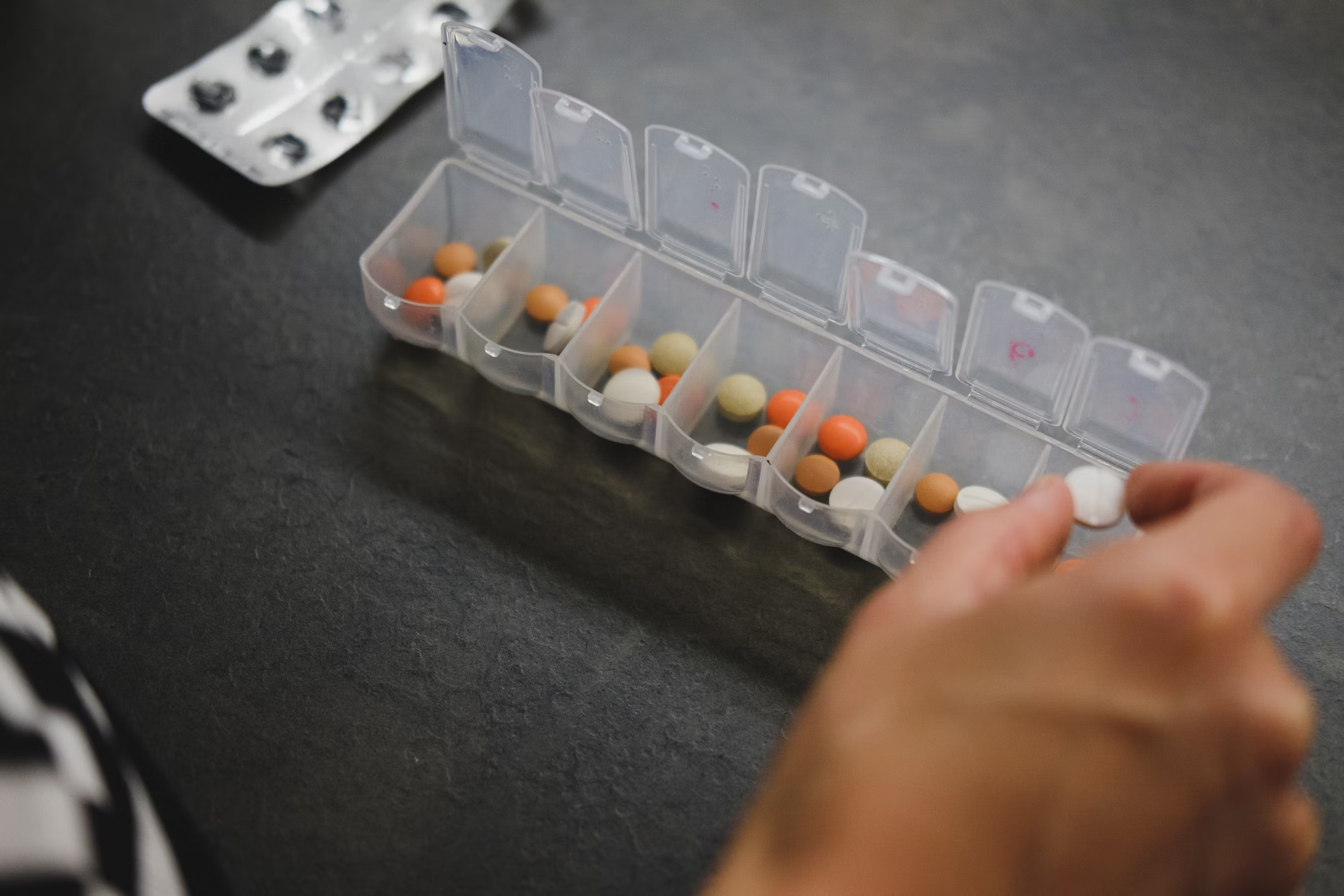When you turn on your tap and fill a glass with water, you might not think much of it. After all, clean drinking water is a fundamental part of daily life. But have you ever stopped to consider what might be lurking in that seemingly pure liquid?
With growing concerns about environmental pollutants and their impact on health, the question arises: Could your drinking water contain cancer-causing elements?
In this article, we’ll delve into the potential contaminants in drinking water that could pose cancer risks.
Understanding the Contaminants
Drinking water can be tainted by a variety of substances, some of which are linked to cancer. Here are some common contaminants that might be present in your water:
Arsenic
This naturally occurring element can seep into groundwater through the dissolution of minerals in the earth. Long-term exposure to high levels of arsenic has been linked to several types of cancer, including skin, bladder, and lung cancer. The U.S. Environmental Protection Agency (EPA) has set a maximum contaminant level (MCL) for arsenic at 10 micrograms per liter (µg/L).
Nevertheless, some regions in the U.S. have reported arsenic concentrations exceeding this limit. For instance, in the Grand Canyon area, approximately 12% of 230 groundwater sites sampled have shown arsenic levels above the permissible threshold. According to USGS, this data was gathered from 652 water samples collected from 182 springs and 48 wells between June 1977 and September 2022.
What are the symptoms of arsenic poisoning?
Symptoms of arsenic poisoning can vary depending on the level and duration of exposure. Acute poisoning may cause nausea, vomiting, abdominal pain, diarrhea, and even death in severe cases. Chronic exposure can lead to skin changes, such as discoloration and thickening, as well as neurological issues, including numbness and tingling in the extremities.
Lead
Often associated with old plumbing systems, lead can enter drinking water through corroded pipes or plumbing fixtures.
An NPR report highlights Chicago’s serious lead issue. This problem is due to approximately 400,000 homes still using lead service lines that connect to the main water supply. Recent estimates published in JAMA Pediatrics indicate that nearly 70% of young children in Chicago are exposed to lead through their tap water.
While lead is more commonly known for its neurotoxic effects, it is also classified as a probable carcinogen. Exposure to lead has been linked to an increased risk of kidney cancer, among other health issues.
How does lead affect a child’s health?
Lead exposure can have severe health effects on children. It can impair brain development, leading to lower IQ, learning disabilities, and attention problems. Lead exposure can also cause behavioral issues, developmental delays, and hearing loss.
Per- and Polyfluoroalkyl Substances (PFAS)
Often referred to as “forever chemicals,” PFAS are synthetic substances used in various industrial applications and consumer products. According to TorHoerman Law, their resistance to degradation allows them to persist in the environment for decades.
According to the EPA, between 6% and 10% of the 66,000 public drinking water systems in the U.S. may contain dangerous levels of these pollutants. This extensive contamination is mainly attributed to the use of AFFF (aqueous film-forming foam) in firefighting.
Negligence in properly cleaning up this foam after use has led to PFAS leaching into groundwater, according to the AFFF lawsuit. This nationwide legal action targets PFAS manufacturers and government authorities for failing to take proactive measures to prevent these chemicals from contaminating groundwater.
The lawsuit gained traction due to evidence linking PFAS exposure to increased risks of kidney and liver cancers. Additionally, the high rates of cancer among firefighters contributed to the case’s prominence. This situation highlights the broader risk, as groundwater contamination could potentially impact the entire population, extending the harm beyond first responders.
How many AFFF lawsuits have been filed in the U.S.?
As of July 2024, a total of 9,791 AFFF lawsuits had been filed, with 9,525 still pending, as per Consumer Notice.
Chlorinated Byproducts
Chloramines have been used by water utilities since the 1930s, and over 20% of Americans receive drinking water treated with them. Although chloramines are added to maintain water disinfection, they can react with organic materials in the water.
This reaction can produce chlorinated byproducts, including trihalomethanes and haloacetic acids. Long-term exposure to high concentrations of these byproducts has been linked to an increased risk of bladder and colorectal cancers.
Radon
This radioactive gas can dissolve into groundwater and, when inhaled or ingested, increase the risk of lung cancer. The EPA states that this gas is the second most common cause of lung cancer in the country. It is responsible for over 20,000 lung cancer fatalities each year.
The danger is amplified in homes with well water and in regions with high natural radon levels. For example, a USGS report reveals that over half of New Hampshire’s groundwater has at least a 50% chance of elevated radon concentrations. This data emphasizes the critical need for proactive radon testing and mitigation in these regions.
In the end, while modern water treatment systems are designed to keep drinking water safe, no system is infallible. Being aware of potential contaminants and taking proactive steps to test and treat your water can significantly reduce health risks. By staying informed and vigilant, you can ensure that your drinking water remains a source of health and well-being rather than a hidden hazard.

















